
Coppede Quarter
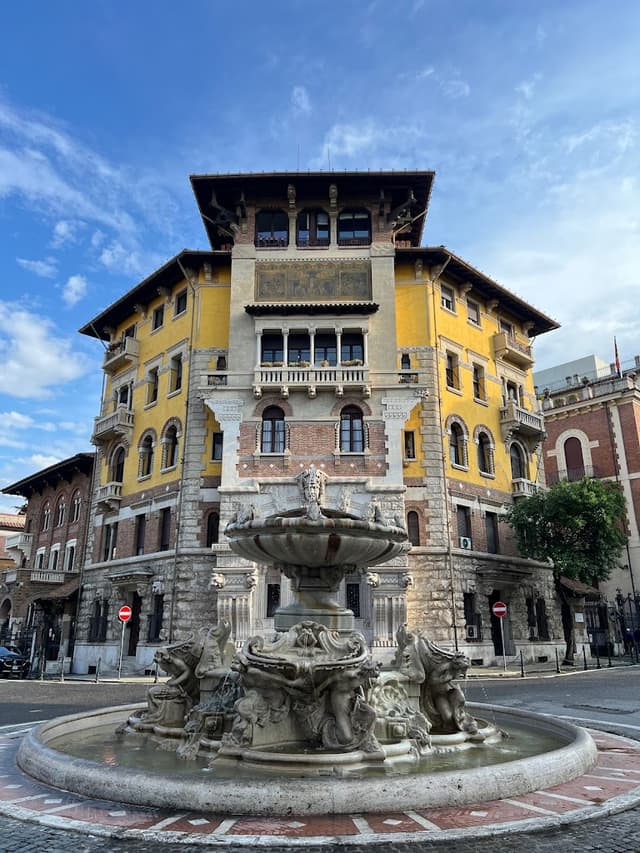
Largo di Torre Argentina

Another gem is Largo di Torre Argentina square, located in the Campo Marzio neighborhood between Piazza Venezia and the Jewish Ghetto. It is one of the oldest and most ancient buildings in Rome, whose ruins have been transferred to many Roman museums. The ruins of the Pompeii Theatre, where Julius Caesar's death on March 15, 44 B.C. he was assassinated in, are also right here. Although it is currently occupied by cats and therefore known as the cat temple, it is seen as a sacred area consisting of temple ruins.
The cat temple issue stems from Rome's love for cats (it is nothing compare to Istanbul of course). You can easily see the area where the ruins are located from the outside, like an open air museum, but you cannot go inside. There is a living area for cats inside, there are attendants who feed them regularly and take care of the cats; The cats also look very happy and well-fed. I wish all living things were this lucky.I think it is a place that both cat lovers and history buffs will enjoy.
Protestant Cemetery – Piramide
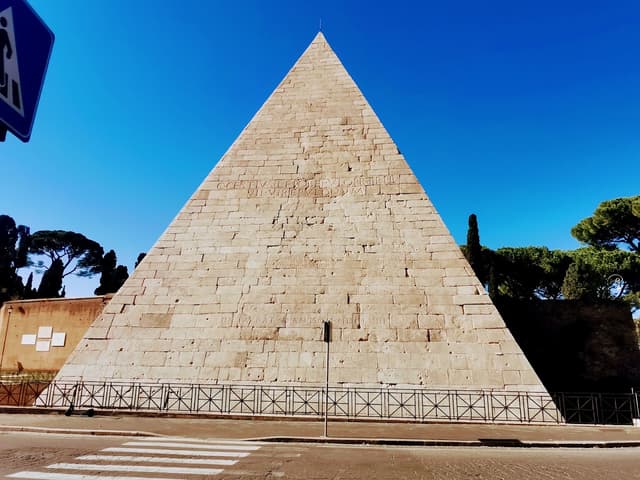
Since Italy is a Catholic country, non-Catholics have separate cemeteries. In here, there are graves of many Protestant, Orthodox artists, writers and famous thinkers. One of the most important of them is John Keats. There are also graves of many Italian citizens, thinkers and politicians who were killed during the fascist period.The cemetery is also interesting as you can see a Roman type Pyramid from the years of political relations with Egypt. If you want to take a quiet and peaceful stroll in the summer months, commemorate the artists hosted by Rome and take a closer look at the Pyramid, I suggest you stop by at this serene place.
Jewish Ghetto and Small Colosseum
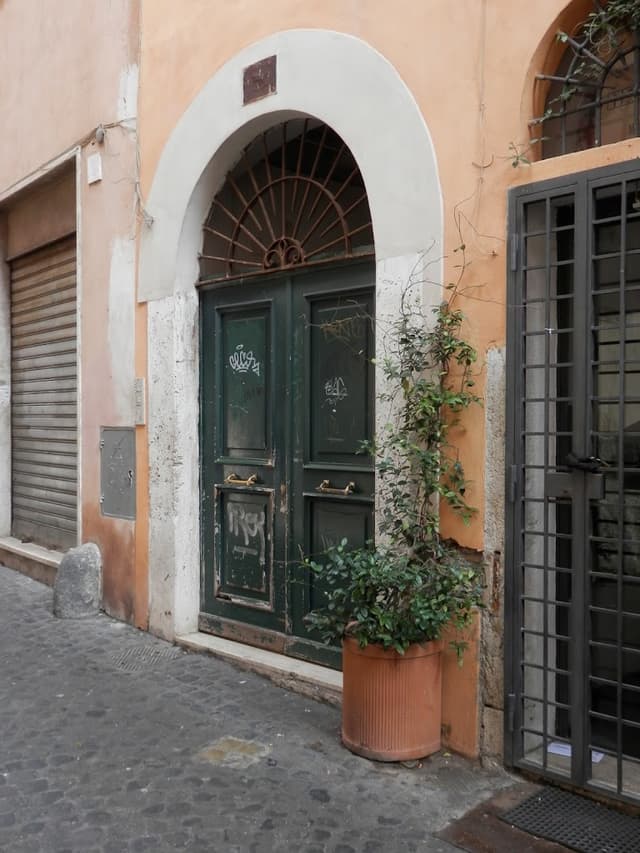
In this area, which functioned as a fish market from the Middle Ages to the 19th century and turned into a Jewish Ghetto in the 19th century, there are restaurants with a more local feel, trattorias, cafes and two temples and a library of the Ancient Rome, also known as the small Colosseum. You can see the Octavia Portico, which was built as a site. I think it is especially beautiful in the evenings, with the lighting. You can enjoy the sight of the tables of the restaurants spread out on the streets, and the view of people eating. You can continue your evening journey to Trastevere by passing from the Jewish Ghetto through the Tiber Island in the middle of the Tiber River.
Trastevere Terrace, Terazza del Gianicolo

There are many viewpoints in Rome. Did you know that Rome, like Istanbul, was built on 7 hills? Although this is not one of those 7 hills, it is a terrace with a beautiful view in the large park (Gianicolo Park), which you can reach with a small climb from the wonderful neighbourhood Trastevere. While the Vatican is behind you, you can watch the area of Ancient Rome outside the Vatican from here. While you are here, you can cool off a bit and get away from the noise and tourists by enjoying an ice cream.
Terrace of Forro Romano
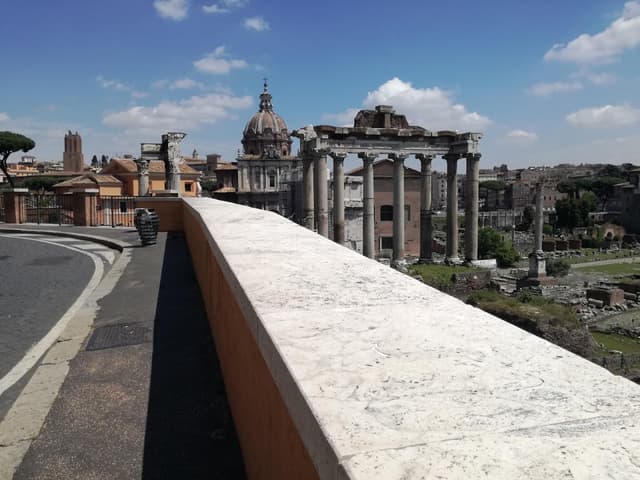
When you reach the square where the Capitoline Museum is located, a narrow path leads you to a mini-terrace overlooking the Roman Forum, from where you can see the city centre of Ancient Rome. When you walk towards the Capitoline Museum in Piazza Venezia, continue through the small square to Via del Campidoglio and imagine an ordinary day in ancient Rome.
Garbatella Neighbourhood
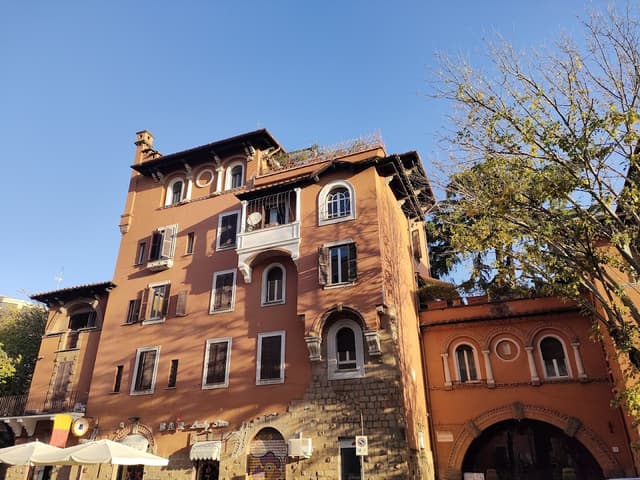
The Garbatella neighbourhood is a place where street artists, of which there are many examples in Rome, decorate the walls and express their protests and messages, almost never visited by tourists. It is believed that the neighbourhood got its name from a hostel owner named Carlotta, who welcomed the construction workers and named it ~Garbata Ostella~, the well-liked hostel. In the early 1920s the neighbourhood was inhabited by the working class and is characterised by a mix of baroque and naturalistic architecture. None of the houses in the neighbourhood have been restored; the red earth plastered houses with flowered balconies look like elegantly aging women. My favourite part of the neighbourhood is the Casetta Rosa business next to the rebellious wall art. Located in the park, the café is a place where the neighbourhood meets, organises events, chats and fair. Oh how sweet.
Orange Garden, Giardino degli Aranci
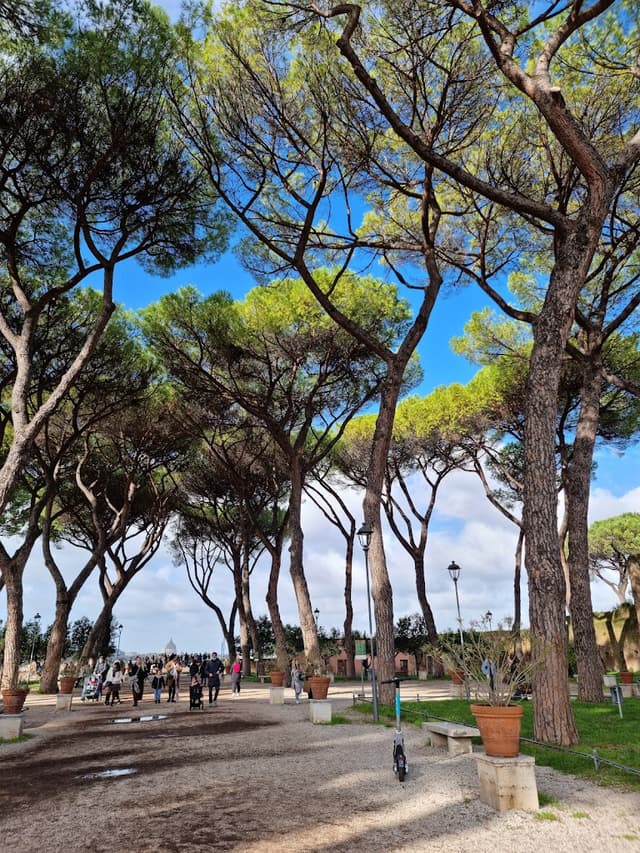
On the Aventine hill, one of the seven hills of Rome, close to Circo Massimo, this garden, also known as Savelli's park, is an opportunity to get away from the city and the heat with its orange trees and the umbrella pines of Rome, as the name suggests. Although I see a lot of tourists every time I go, this place is also among the most unknown places in Rome. Especially if you go towards the evening, you can watch a wonderful view of Rome at sunset.You can also stop by the keyhole 100 metres away from the garden, which you can also notice from the queue in front of it, and look at the Cathedral of San Pietro in the Vatican. An activity I didn't understand because it required payment while the Cathedral was already visible from everywhere...
Monti
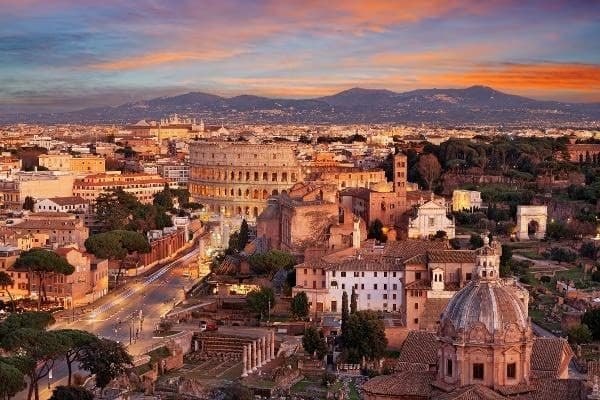
The Monti neighbourhood, like Trastevere, has started to attract more and more tourist attention, yet I noticed that not many people know about this neighbourhood, which is very close to the Colosseum. While it was once a neighbourhood that we could call the slum of Rome, which also functioned as the red light district of Amsterdam, it is now almost the Cihangir of Istanbul. This neighbourhood full of hipster cafes, restaurants, terrace bars, groups chatting on the streets with drinks in their hands, second-hand and vintage shops is very fun and colourful.
There are also good options for those who want to try alternative Roman cuisine. I will not talk about it in detail in the food and drink article, but I will leave my recommendation for aperitivo here.
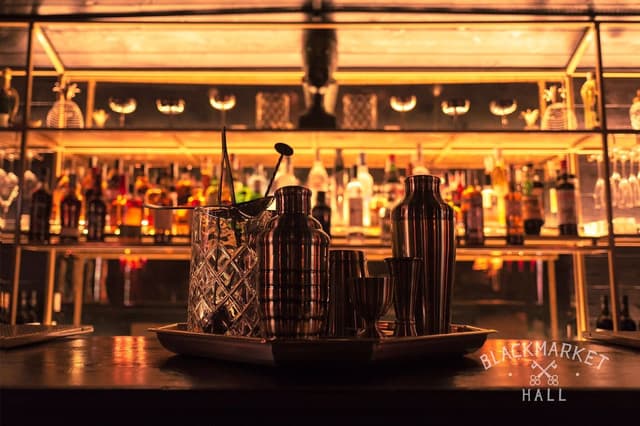

Tiber Island
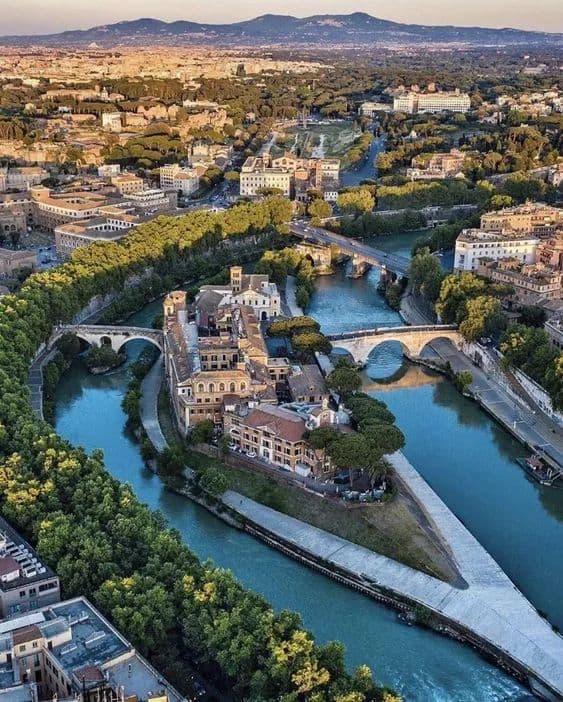
This tiny little island in the middle of the Tiber River is actually a quarantine island. The hospital, which was built to prevent the spread of infectious diseases in time, is still standing and still in use. Again, I think the island is the kind that romantic travellers will love. Especially if you are here in the summer, you can enjoy the cinema in the open-air cinema set up on the riverside of the island.By the way, you can reach the island in 30 seconds with the stone bridge in the Jewish quarter; if you use the bridge on the other side, you can cross from the island to Trastevere.
The home for unique & authentic travel